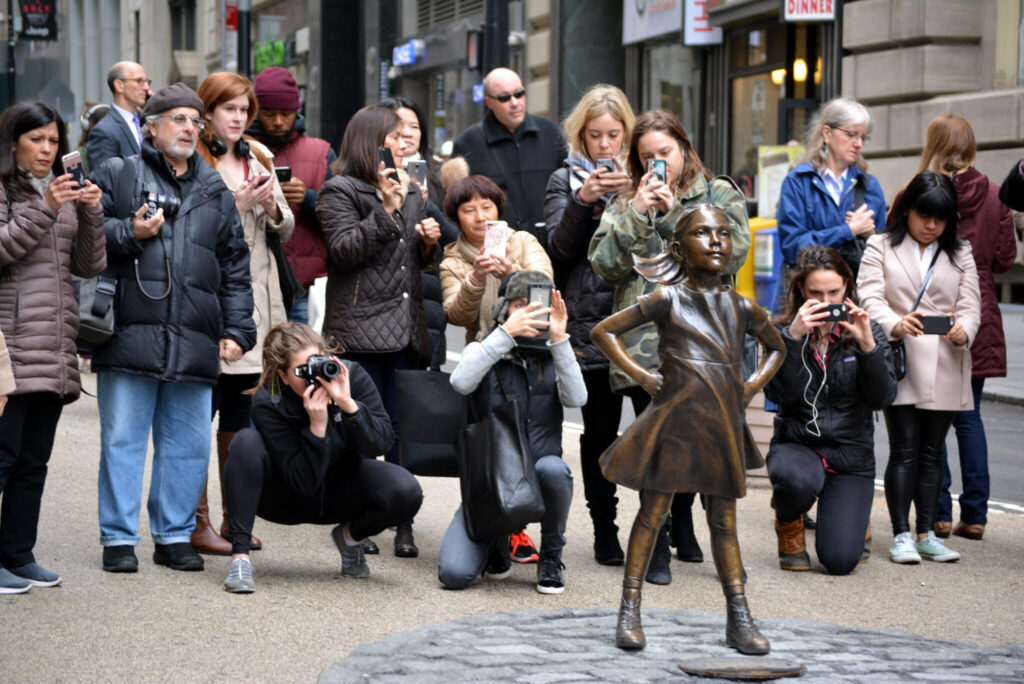
Grades K-2, 3-5
Happy EconEdMonth! Celebrate economics all month long by visiting EconEdMonth.org

Don't have an account yet? Sign up for free
Don't have an account yet? Sign up for free
Students will be able to:

In this economics lesson, students will read the children’s book, Arthur’s Pet Business, to learn about entrepreneurship.
Warm-up
To begin this lesson, give each student an index card. Give students thirty seconds to think about something they would really, really like to have. Give students 3 minutes to draw a picture of the item on one side of the card. Ask students to hold the card up once they are done. Once all students raise their drawing, ask students how they could buy that item. (Answers may vary, but may include thoughts like: save money, borrow money, or earn money.)
Share with students that people work to earn money so they can buy things like they have drawn on their card. Give students 2 minutes to draw a picture of a job they could do to earn money on the other side of the card. Share with students that some people work for companies, businesses or organizations. Others choose to be their own boss and start their own business. Those people are called entrepreneurs. Tell students that today a familiar book character, Arthur, will set a goal and accomplish that goal by starting a business. Tell students they will learn about the risks and rewards that have to be considered when starting a business.
Modeling
Read aloud Arthur’s Pet Business. The following questions can be used as guided reading questions to ask students during the read aloud:
Group Activity
Open the Entrepreneurs: In the Business of Goods and Services PowerPoint slide deck and display the deck to students. Within the PowerPoint slide deck there are speaking notes to help you. Review each slide with your class. Throughout the slide deck, connect the terms to the book Arthur’s Pet Business. In the PowerPoint slide deck the following terms are reviewed: entrepreneur, goods, and services. Then, you will use the PowerPoint slide deck to review businesses that produce goods and provide services. Read the store name. Students need to determine if the business produces a good or provides a service by showing a thumbs up for good or thumbs down for service. Click on the PowerPoint slide to show the correct answer.
Individual Activity
Students will demonstrate their understanding of entrepreneurship by completing the Open for Business individual activity.
Students will demonstrate their understanding by playing Move If…. Download the document and read the instructions. This assessment requires colored construction paper.
Activity 1
Picturing Economics Activity: Print/Download the Picturing Economics worksheet. Using newspapers, magazines or student’s own drawings, have each student show an example of each of the concepts they learned during the lesson.
Activity 2
Invite an entrepreneur to the classroom. Challenge students to identify risks and rewards of being an entrepreneur and whether the entrepreneur produces a good or provides a service.
Activity 3
Welcome to Entrepreneurville, U.S.A! Activity. This is a classroom and family project. Print/Download the Welcome to Entrepreneurville, U.S.A.! worksheet. Using a shoebox, have students create a new business. The shoebox should feature the name of the business as well as the goods or services the business provides to consumers. Allow adequate time for families to work on the assessment. When students bring their entrepreneurship project to class, have each student share about the business he/she has chosen to start and whether that business produces a good or provides a service. Assemble a class town of the businesses students chose to start.
Miscellaneous Items

Grades K-2, 3-5

Grades K-2, 3-5

Grades K-2, 3-5

Grades K-2
